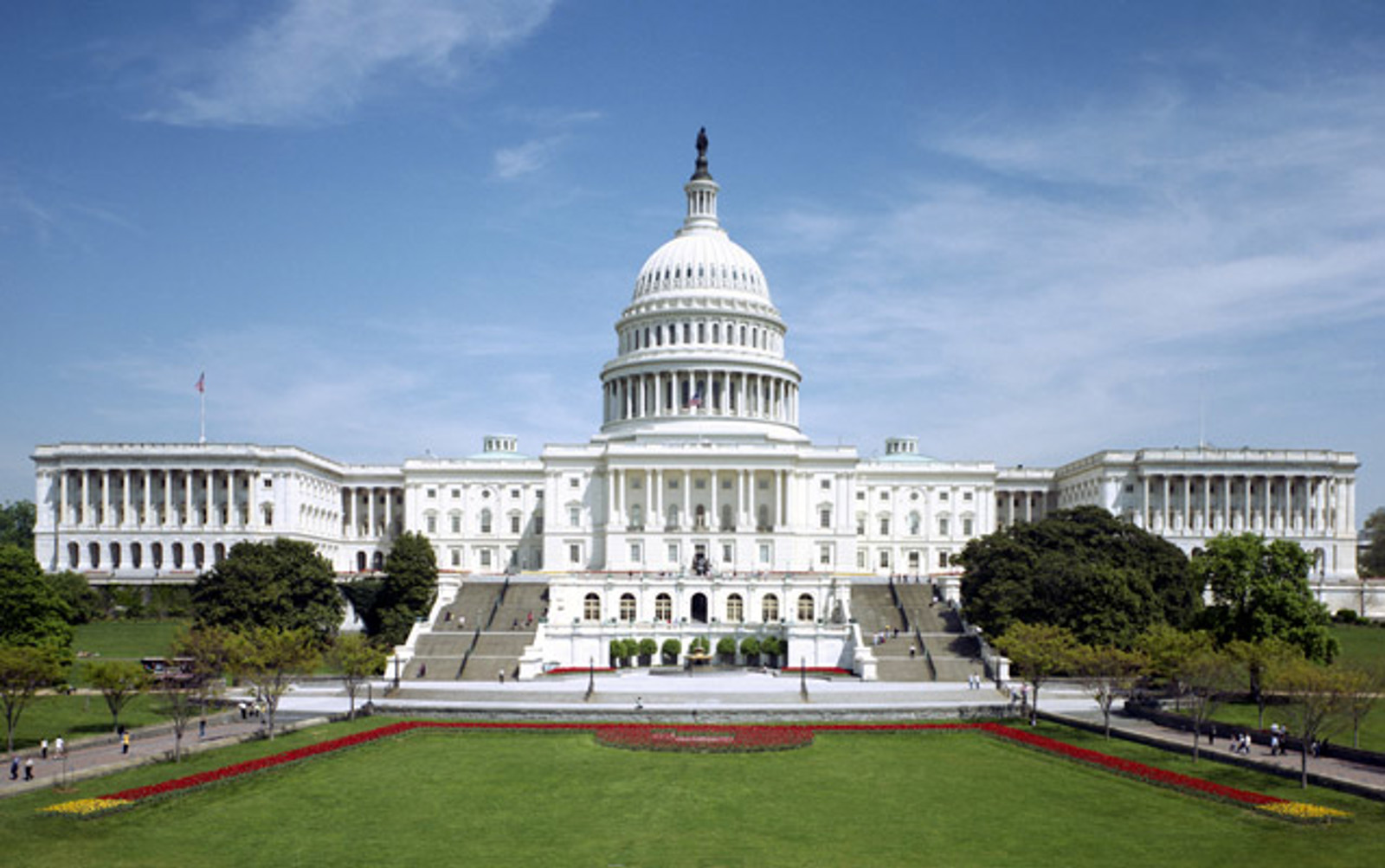House Appropriations Committee Approves Education Cuts
The House Appropriations Committee approved its FY 2026 Labor-HHS-Education spending bill that proposed to cut funding to the Department of Education by $12 billion. This move maintains the $67 billion funding level proposed by President Trump in his FY2026 budget, and is below the current funding level (and the Senate mark) for FY 2026 at $79 billion.
To reach the president’s request, Subcommittee Chairman Robert Aderholt (R-AL) said appropriators had to balance “the must-haves with the nice-to-haves” in choosing what programs received funding.
For student aid, the bill level funds the Pell Grant maximum award at $7,395 and renames the recently enacted Workforce Pell Grant program to “Trump Grants.” The bill eliminates funding for the Supplemental Educational Opportunity Grant (SEOG), a cut of $910 million, and cuts funding for Federal Work-Study (FWS) by 37%, to $779 million. The bill also provides level funding for the TRIO and GEAR UP programs.
During the markup, Rep. Madeliene Dean (D-PA) offered an amendment to restore funding for SEOG and FWS. Although the amendment failed, it brought attention to two important programs that help low-income students pay for college.
The bill language says SEOG is poorly targeted because the campus-based aid formula rewards institutions based on how long they have participated in the program rather than distributing funds to institutions with the neediest students. The president’s budget also proposed to eliminate SEOG, claiming it is duplicative of the Pell Grant program.
The student aid and higher education programs have the lowest percentage cuts in the bill at 6.65%; K-12 education programs are proposed to be cut by 20% and Career, Technical and Adult Education programs by 32%. Much of the rhetoric behind the decisions to cut K-12 and adult education programs revolved around returning control of education to the states and communities where educational needs can best be met.
Other higher education programs were also eliminated in the House funding bill, including Child Care Access Means Parents in School, Teacher Quality Partnership Grants, Title VI International Education, and Graduate Assistance in Areas of National Need.
The Title III and V institutional aid programs were all funded with slight increases for Historically Black Colleges and University, Native American, and Tribally Controlled Colleges programs, and Title III-Part A Strengthening Institutions slightly reduced, but not eliminated as proposed by the president’s budget. Despite the reduction in staff earlier this year, the Institute for Education Statistics programs were funded except for the Regional Education Labs. There are no earmarked community projects funded in the bill.
The next step in the FY 2026 appropriations process is avoiding a government shutdown. Appropriators have indicated they would like to pass three non-controversial bills (Agriculture, Legislative Branch and Military Construction-VA) paired with a short-term continuing resolution (CR) to finalize funding before the holidays. President Trump has indicated his support for a CR until January 31. Democrats, who are critical to passing spending bills in the Senate, want assurances that congressionally mandated funding will be obligated and spent by federal agencies, not impounded by the Office of Management and Budget before agreeing to any CR. Congress has roughly a dozen legislative days before the fiscal year begins to find a path forward.
For more information, please contact:
Stephanie Giesecke

